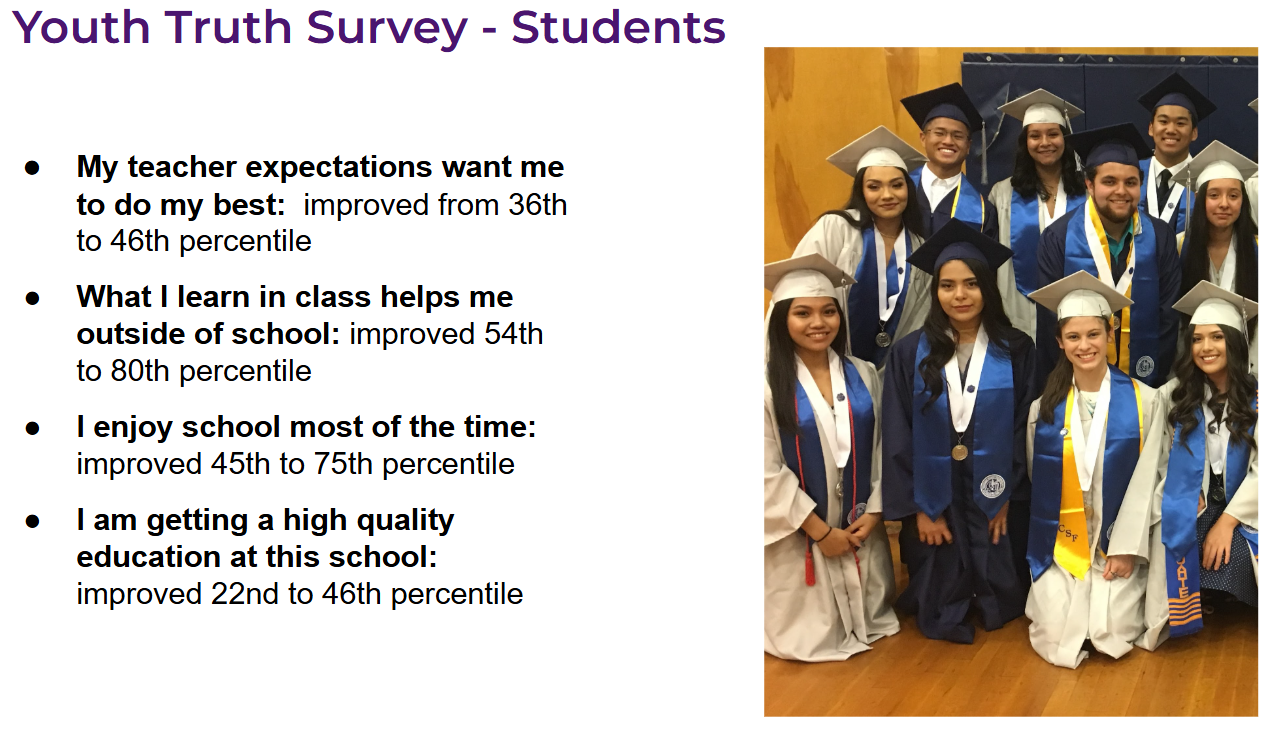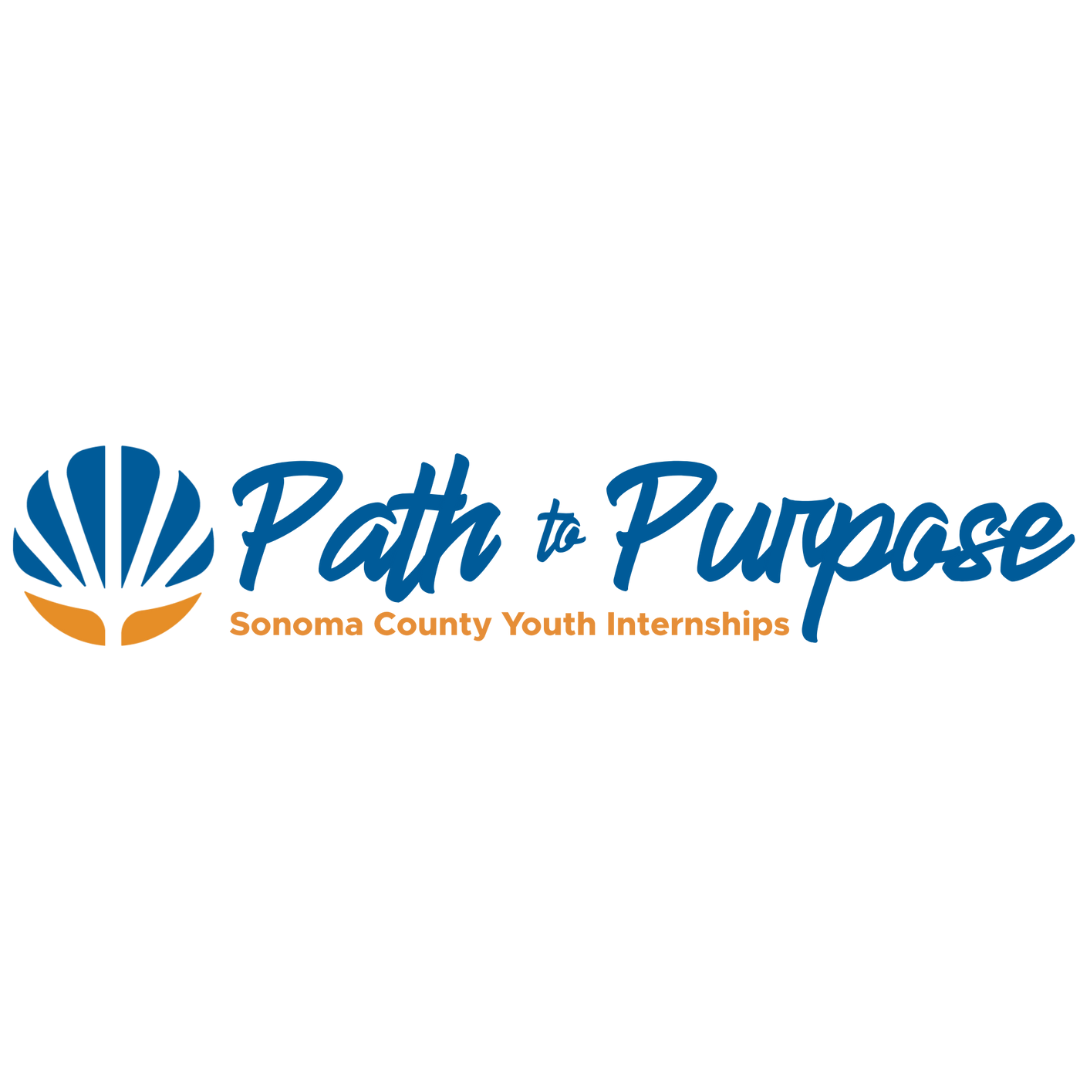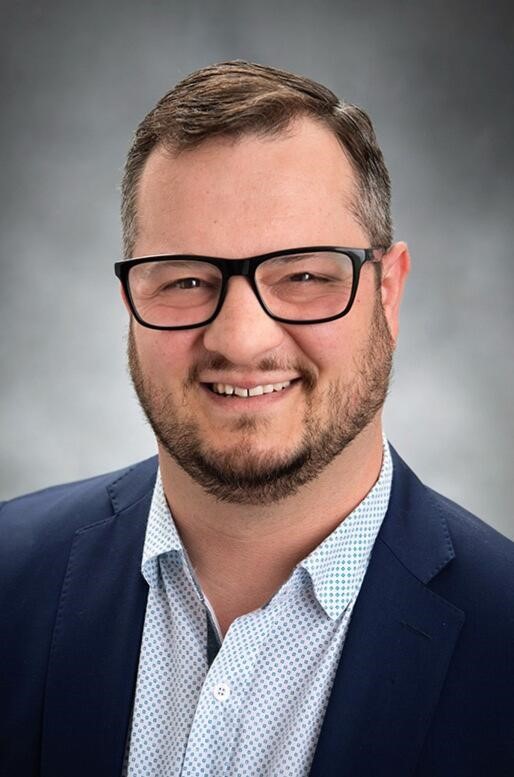What can happen when we stop asking what’s wrong and start asking what’s possible?
By Leslie Simmons, Vice President, Impact & Investments at CTE Foundation and Dr. Robert Curtis, Educational Consultant
For over a decade, Career Technical Education (CTE) Foundation has been the connective tissue helping Sonoma County students turn aspiration into opportunity. We partner with schools like Santa Rosa City Schools, colleges, and local businesses to create pathways to high-demand, high-wage, and high-skill careers – the very careers that drive our region and offer our students a chance to thrive right here at home.
With support from private funders like the Gates Foundation through the Accelerate ED Network, we’re bringing proven ideas to Sonoma County, ideas like “accelerated pathways” that allow high schoolers to earn college credit or job credentials while still in high school. It’s about giving every student a head start, and over the next five years, we’re working to ensure thousands of Sonoma County students gain this valuable edge.
CTE Foundation’s partnership with Santa Rosa City Schools and the Elsie Allen community runs deep. Over the past decade, we have worked together to lay the groundwork for transformation, supporting everything from staffing and teacher development to the creation of a community-driven vision for what success should look like for Elsie Allen graduates. Together, we’ve brought more than $1 million in direct support to the district, with the majority going to Elsie Allen. This collaborative effort has helped build momentum, drawing an additional $1 million in public and private funds to advance shared goals.
This work was significantly accelerated thanks to a grant from the County of Sonoma through the American Rescue Plan Act (ARPA)—funding that CTE Foundation helped secure as part of a broader strategy to uplift students in the southwest region of Santa Rosa. Elsie Allen serves one of the most economically disadvantaged areas in the city, and its students have long faced systemic barriers to opportunity. In 2020, the school’s graduation rate was just 72.8%, compared to 81.1% countywide and 83.9% districtwide. The ARPA funding directly addresses these inequities by supporting the transformation of a Title I school through expanded learning opportunities, career-connected pathways, and deeper community engagement.
This is what partnership looks like: schools, families, educators, and nonprofits working together—with shared purpose and mutual trust—to ensure every student at Elsie Allen has a real pathway to success.
Elsie Allen High School: Where Transformation Takes Heart
Elsie Allen High School is experiencing a powerful transformation driven by the passion of its educators and the support of CTE Foundation. This isn’t just about test scores; it’s about creating a school where students want to be, where they feel connected, engaged, and excited about their future.
At the heart of this change is how teachers are working together. Elsie Allen has reimagined its Professional Learning Communities (PLCs), with teachers using a process called Plan-Do-Study-Act (PDSA). This might sound like jargon, but it’s really about giving teachers the time and tools to constantly improve, to ask: “What can we do better for our students?” and then to make those changes happen.
As one teacher put it, “Someone once told me education is a game in which certain kids know how to play the rules, but knowing how to play the rules doesn’t mean you learned the content… A lot of our kids are just playing the game… but it’s not actually demonstrating that knowledge.” This new approach is about moving beyond “playing the game” and focusing on real learning and student success.
Over the past several years, Elsie Allen has held retreats and professional development sessions focused on making the school a joyful and engaging place. To gain inspiration and learn from successful models, CTE Foundation sponsored a visit for Elsie Allen teachers and administrators to Lindsay Unified School District in California’s Central Valley. As then Vice Principal Erika Raffo noted, “Transforming education has actually been an urgent need for many, many years… Our system is not effective for students right now.”
According to the California School Dashboard, Elsie Allen has also shown progress in several key areas:
- Chronic Absenteeism: Chronic absenteeism saw a significant 15.2% improvement year-over-year, decreasing from 36.9% in 2021-22 to 31.3% in 2022-23, a gain that surpassed district-wide progress.
- English Language Arts Performance: Increased by 13.3 points in 2022-23, reflecting significant growth.
- College & Career Indicator (CCI): Moved from “Red” to “Orange” status, signaling upward momentum in postsecondary readiness.
Another teacher shared, “The biggest opportunities here on Elsie is that we have an amazing staff of people who really, really care about our learners and about each other… It’s not easy working at a school like Elsie… but just showing up with the energy of, ‘I’m going to meet these kids where they’re at. I’m not going to take these things personally. I’m going to love them. I’m going to work with them. I’m going to help them overcome these extra obstacles…'”
And it’s working.
The latest YouthTruth survey shows some incredible results:
- The number of students who say they “enjoy school most of the time” has jumped from the 45th to the 75th percentile nationally.
- Students who feel they are getting a “high-quality education” has risen from the 22nd to the 46th percentile.
- Student motivation, goal-setting, and self-management have all increased by over 20 percentile points.
These numbers tell a story of a school that is changing, a school where students are feeling more positive and more engaged.
“The EAHS teachers and leadership have truly embraced this model, and it’s empowering to see them lead initiatives that directly benefit our students,” said Kathy Goodacre, former CEO of CTE Foundation. “Elsie Allen High School is showing what’s possible when educators are supported and students are placed at the center of school improvement efforts. There is certainly more work to be done but these are some remarkable results in a short time span.”
A core principle of this transformation, guided by the Liberatory Design framework, is to center the needs of students and families and to advance equity in education. The goal, as defined by the National Equity Project, is “the state that would be achieved if how one fares was no longer predictable by any social, cultural or economic factor.”
Small Changes, Big Impact
What does this change look like on the ground? Here are a few examples:
- Greeting Every Student: One group of teachers focused on a simple act: greeting every student by name at the door each day. They found that this made students feel more seen, respected, and connected.
- Listening to Students: Another group conducted “empathy interviews,” asking students about what motivates them to learn. Teachers are using what they learned to design more engaging projects that connect to students’ lives and interests. As one teacher noted, “We only get them for four short years… If we aren’t using that wisely, we’re not making the impact that they need so desperately in their lives.”
- Supporting English Language Learners: A third group implemented a strategy called QSSA (Question, Signal, Sentence Starter, Ask) to help students learning English participate more confidently in class. Teachers saw increased engagement and confidence.
These are just a few examples of how small, intentional changes can create a more joyful and supportive learning environment.
The Path Forward: Led by the Elsie Allen Community
As we look ahead, one thing is clear: the transformation happening at Elsie Allen should be guided by the people who know the school best—its students, teachers, families, and community members. The positive changes we’re already seeing are driven by those from within, by the people who care deeply and are working every day to make school a place where students feel connected, capable, and excited about their future.
These aren’t just feel-good stories—they’re backed by real results. Recent student surveys show a dramatic shift in how students experience school at Elsie Allen: they feel more motivated, more connected, and more hopeful. It’s clear that something meaningful is happening—and it’s coming from the inside out.
These aren’t just numbers—they reflect real change. A school that’s starting to feel different. A place where students want to be. A place where teachers feel hopeful. A place where learning is coming back to life.
But the work isn’t done. If we truly believe in equity, justice and opportunity for all, we must trust the Elsie Allen community to lead the next steps.
Let’s build on what they’ve started:
- Support the leadership, teamwork and creativity already taking root in classrooms.
- Expand real-world learning experiences and meaningful pathways that help students see a future for themselves.
Make sure the people closest to the students—teachers, staff, families—have a real voice in shaping what comes next.
Elsie Allen has laid the groundwork for something impactful. Now we must build on that foundation and uplift the people and community with the wisdom to solve the challenges ahead, and provide the support and resources they deserve.
Please visit ctesonomacounty.org/donate to make an investment today.









